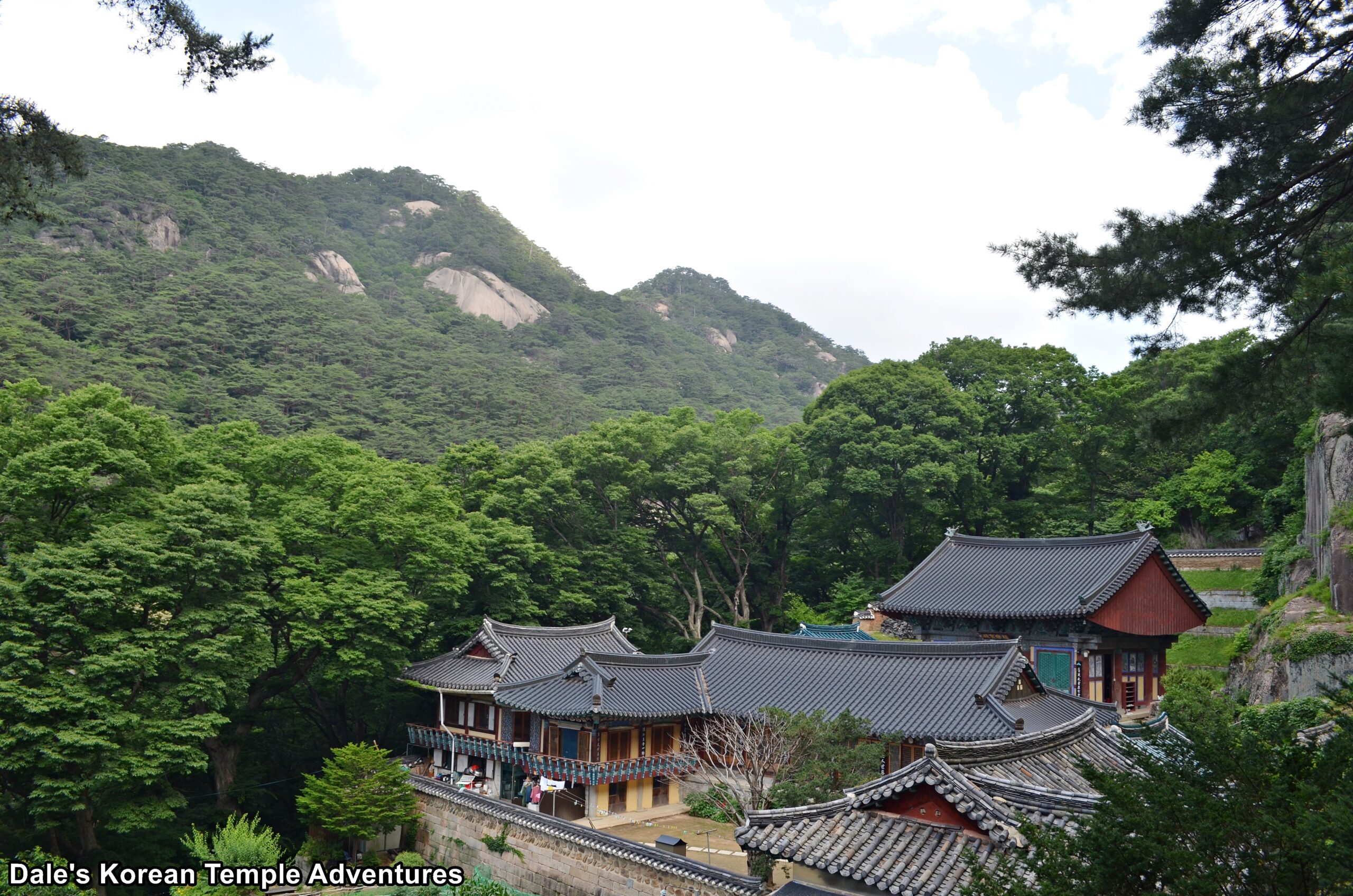
Hermitage History
Bokcheonam Hermitage, which is located in Boeun, Chungcheongbuk-do on the Beopjusa Temple grounds, was first built in 720 A.D. during Unified Silla (668-935 A.D.). It’s the oldest among the hermitages directly associated with Beopjusa Temple on Mt. Songnisan. The hermitage has undergone several reconstructions throughout the Goryeo Dynasty (918-1392) and the Joseon Dynasty (1392-1910). In 1449, the hermitage was renovated by the monk Sinmi (1403-1480) in 1464. King Sejo of Joseon (r. 1455-1468), who considered Sinmi to be his teacher, visited Bokcheonam Hermitage. The reason for this is that King Sejo of Joseon was known to have a skin ailment, and Bokcheonam Hermitage was known for its curative mineral water. After reaching Bokcheonam Hermitage, King Sejo of Joseon prayed for three days and took a bath in the mineral water. It’s also believed that Samil prayed for King Sejo to be healed. As a result, King Sejo of Joseon’s skin ailment was cured. This allowed for Bokcheonam Hermitage to grow in both fame and popularity. In 1733, the hermitage was destroyed by fire. It was then rebuilt in 1735. It was further renovated in 1803.
The hermitage is home to two Korean Treasures and four additional provincial properties. The Korean Treasures are the Stupa of Buddhist Monk Suam at Bokcheonam Hermitage of Beopjusa Temple, which is Korean Treasure #1416; and the Stupa of Buddhist Monk Hakjo at Bokcheonam Hermitage of Beopjusa Temple, which is Korean Treasure #1418. As for the Chungcheongbuk-do Tangible Cultural Heritage Properties, they are the Geukrakbo-jeon Hall, which is Chungcheongbuk-do Tangible Cultural Heritage Property #298; a wooden seated Amitbha triad, which is Chungcheongbuk-do Tangible Cultural Heritage Property #305; a Shinjung Taenghwa, which is Chungcheongbuk-do Tangible Cultural Heritage Property #306; and a painting of the Three World Buddhas, which is Chungcheongbuk-do Tangible Cultural Heritage Property #307.
Hermitage Layout
Bokcheonam Hermitage is divided into two areas: the upper and lower courtyards. The upper courtyard, which appears to be off-limits to visitors, has the Nahan-jeon Hall. Also housed out in front of this upper courtyard is a beautiful collection of three biseok (stele).
However, it’s the lower courtyard that houses the majority of hermitage shrine halls. Once you pass by the Yosachae (monks’ dorms) and administrative office, you’ll notice a wooden pavilion to your right. This is the source of the much vaunted mineral water that helped cure King Sejo of Joseon.
Beyond this pavilion, and up a set of stairs that bisects the administrative office and pavilion, is the hermitage’s Geukrakbo-jeon Hall. The Geukrakbo-jeon Hall is the main worhship hall at Bokcheonam Hermitage. It’s not specically known as to when it was originally built, but after it was burnt down in 1733, it was rebuilt in 1735. And since its reconstruction, it has undergone several repairs. The exterior walls to the Geukrakbo-jeon Hall are adorned with floral paintings, the Bodhidharma and Dazu Huike, as well as various paintings of monks. Stepping inside the Geukrakbo-jeon Hall, there are a collection of Chungcheongbuk-do Tangible Cultural Heritage Properties. The main altar inside the Geukrakbo-jeon Hall has a triad of statues centred by Amita-bul (The Buddha of the Western Paradise). This central statue is joined on either side by Gwanseeum-bosal (The Bodhisattva of Compassion) and Daesaeji-bosal (The Bodhisattva of Wisdom and Power for Amita-bul). This triad, which dates back to 1735, is backed by an altar mural that was painted in 1909. The triad of Buddhas are Seokgamoni-bul (The Historical Buddha), Yaksayeorae-bul (The Medicine Buddha, and the Buddha of the Eastern Paradise) and Amita-bul. And to the right of the main altar is a Shinjung Taenghwa (Guardian Mural) that dates back to 1795. The central image of Dongjin-bosal (The Bodhisattva that Protects the Buddha’s Teachings) wears a helmet with beautiful wings.
To the right of the Geukrakbo-jeon Hall is a large sheer cliff wall. Written in hanja are the characters for “Amita-bul.” And to the left of the Geukrakbo-jeon Hall is the Dokseong/Sanshin-gak Hall. The mural dedicated to Sanshin (The Mountain Spirit) looks a bit newer in composition, while the mural dedicated to Dokseong (The Lonely Saint) looks a bit older. If you look close enough, you’ll notice that Dokseong looks a little surprised in his painting, but he still looks wise with his long white eyebrows and floral-trimmed robe.
The final thing that visitors can explore are the pair of stupas that are located up the mountain to the right of the lower courtyard and the hermitage’s public bathroom. This winding trail makes its way up the mountain for about 200 metres. Eventually, you’ll come to a clearing where the pair of stupas are located. The first of the two, and the one closer to the trail, is the Stupa of Buddhist Monk Hakjo at Bokcheonam Hermitage of Beopjusa Temple. Southeast of Bokcheonam Hermitage, the stupa stands alongside the Stupa of Buddhist Monk Suam at Bokcheonam Hermitage of Beopjusa Temple. The Stupa of Buddhist Monk Hakjo at Bokcheonam Hermitage of Beopjusa Temple is historically significant for a couple of reasons. First, it dates back to the early Joseon Dynasty with an inscription of the name of the person to whom the stupa is dedicated to. Not only that, but it also contains an inscription with the date of the stupa’s construction on it, as well. Stylistically, the stupa is similar to the octagonal stupas of the Goryeo Dynasty. What sets this stupa apart from the Goryeo Dynasty, however, is the round body. As for the inscription on the stupa, it reads, “Erected in the 5th month of the 9th year of Emperor Zhengde of the Ming Dynasty” and “Stupa of Hakjo Deunggok Hwasang” both of which are inscribed on the octagonal middle pedestal. This means that the stupa was first constructed in 1514. As for whom the stupa was constructed for, it was built for the Buddhist monk Hakjo, who was an important figure in Korean Buddhism at that time. Hakjo helped restore Haeinsa Temple under the orders of Queen Insu in 1488 during the reign of King Seongjong of Joseon (r. 1469-1494). Additionally, Hakjo also published three volumes of the Goryeo Tripitaka of Haeinsa Temple and wrote the epilogues at the behest of Queen Sin in 1500 during the reign of King Yeonsangun of Joseon (r. 1494-1506). More generally, it’s difficult to date stupas from the Joseon Dynasty, as there aren’t many of them to refer to from this time period. That’s why this stupa with an inscription on it is so invaluable.
And next to it in the clearing is the Stupa of Buddhist Monk Suam at Bokcheonam Hermitage of Beopjusa Temple. Of the two stupas, this one is older; and at one point before the trees matured and obscured the view, the stupa must have enjoyed a commanding view of the valley below. This stupa is similar in design to its neighbour. The one telling difference is that this one’s roof stone, or “okgaeseok” in Korean, is simpler in composition to that of its neighbour. This stupa also contains two inscriptions on it. The first reads “Stupa of Suamhwasang,” while the other inscription reads “Erected in the 8th month of the 16th year of Emperor Chenghua of the Ming Dynasty.” Both inscriptions are engraved in two lines across the middle pedestal. This indicates that the stupa was first erected in 1480. The monk Suam was an important figure during the early part of the Joseon Dynasty, and he was also related to Bokcheonam Hermitage. Like the Stupa of Buddhist Monk Hakjo at Bokcheonam Hermitage of Beopjusa Temple, the Stupa of Buddhist Monk Suam at Bokcheonam Hermitage of Beopjusa Temple is historically important because it is inscribed with the date and name of the person to whom the stupa is dedicated from a time period when these types of stupas were scarce.
How To Get There
To get to Bokcheonam Hermitage, you’ll first need to get to the Boeun Intercity Bus Terminal. From the terminal, there’s a bus that goes directly to Mt. Songnisan. This bus runs every thirty to forty minutes throughout the day. From where the bus drops you off at the Songnisan stop, you’ll need to walk an additional twenty minutes to the Beopjusa Temple/Mt. Songnisan ticket office. From Beopjusa Temple, you’ll need to walk 3.2 km to get to Bokcheonam Hermitage. The walk should take about an hour. You’ll simply need to follow the signs to get to the hermitage.
Overall Rating: 5/10
Bokcheonam Hermitage is arguably the most famous hermitage on the Beopjusa Temple grounds. In addition to its fame, it’s the oldest of the eleven hermitages at Beopjusa Temple. The Geukrakbo-jeon Hall and its contents are stunning as are the Korean Treasure stupas on the hillside some 200 metres away. The overall aesthetic and natural beauty of Bokcheonam Hermitage definitely makes it stand out; and if you have the time, you can enjoy the tasty mineral water that pours forth from Bokcheonam Hermitage much like King Sejo of Joseon did.
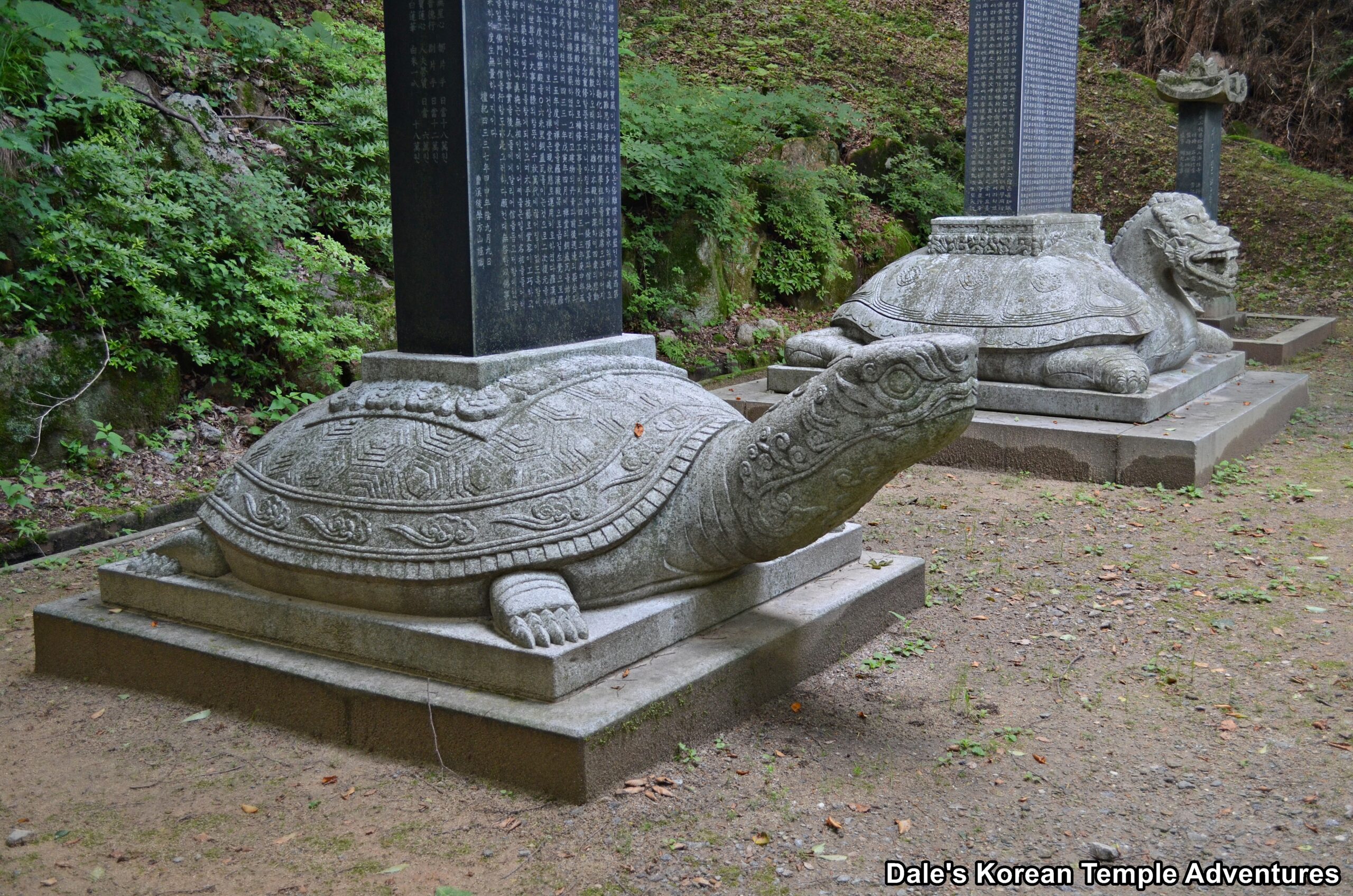
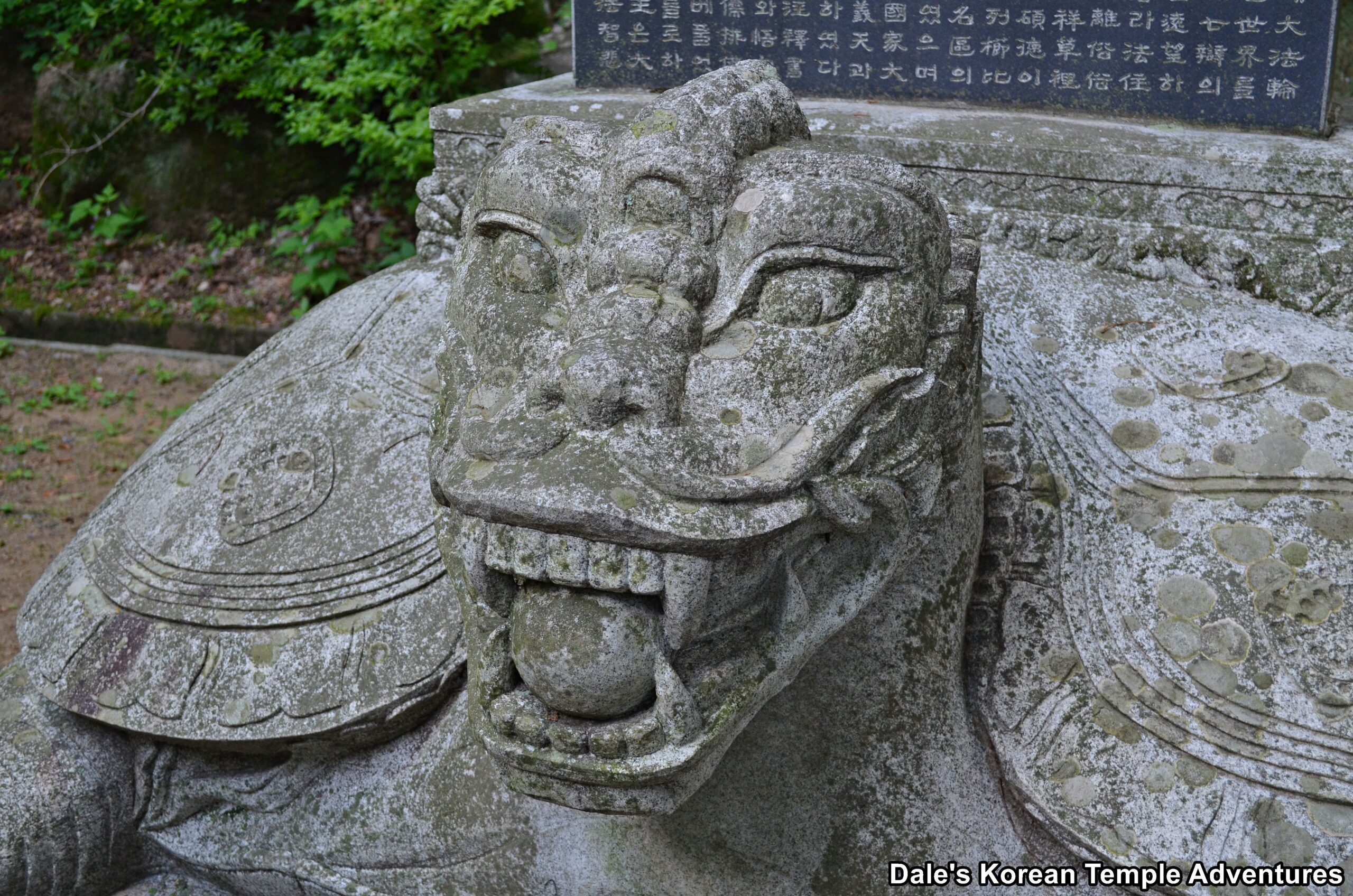

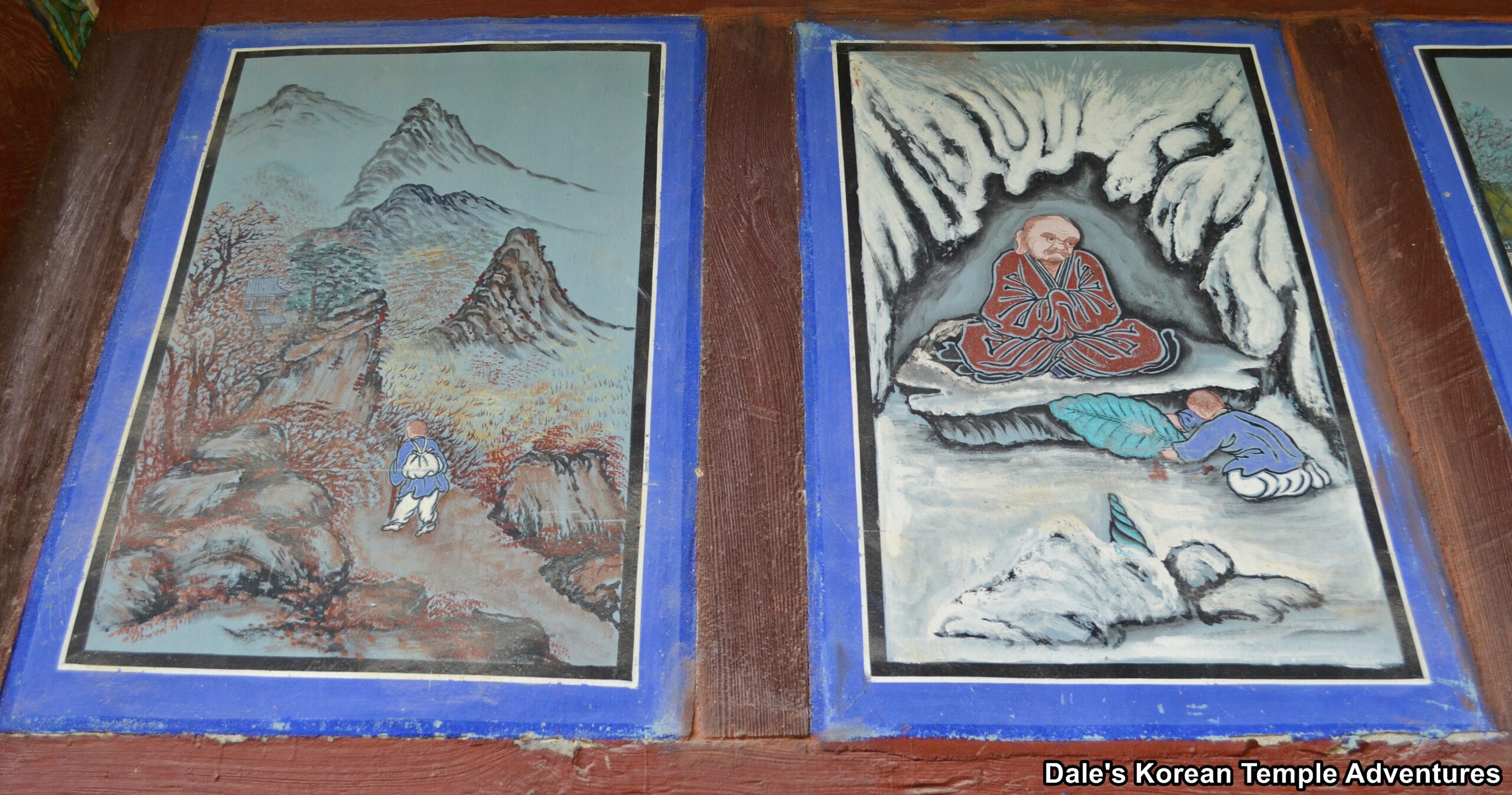
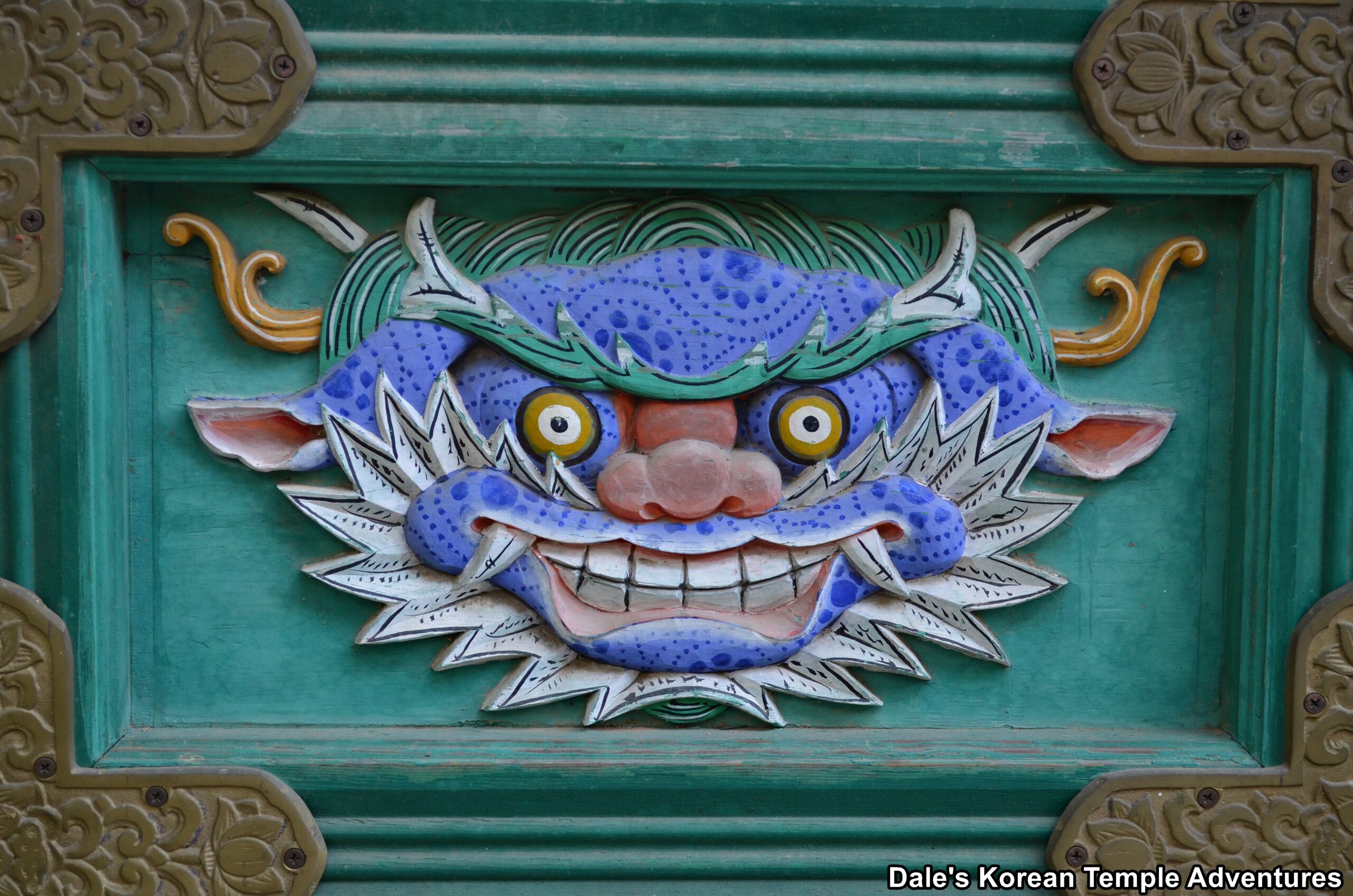
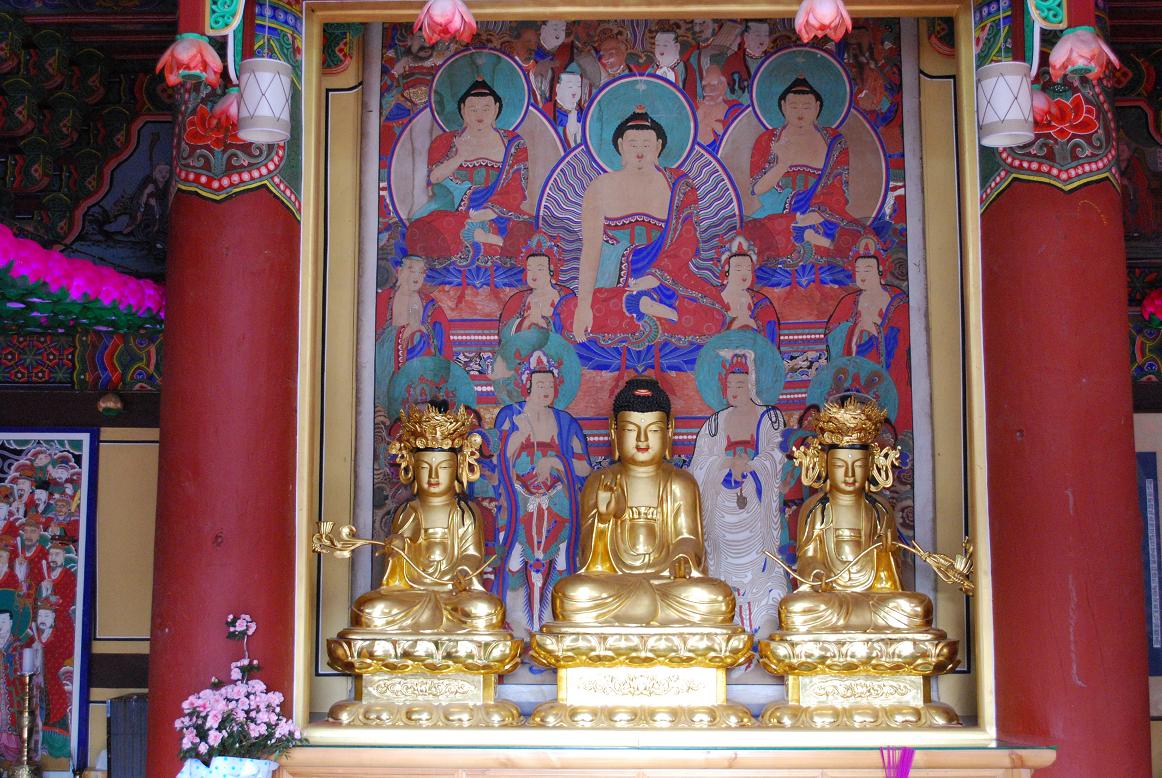
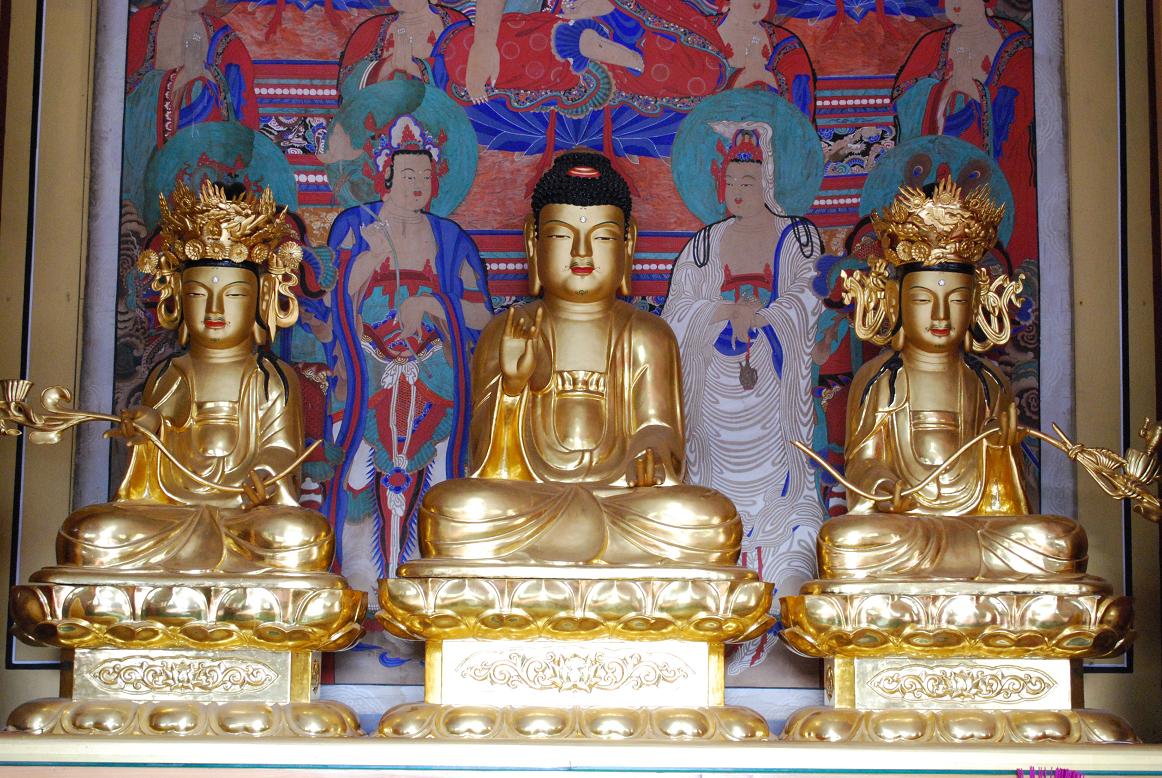
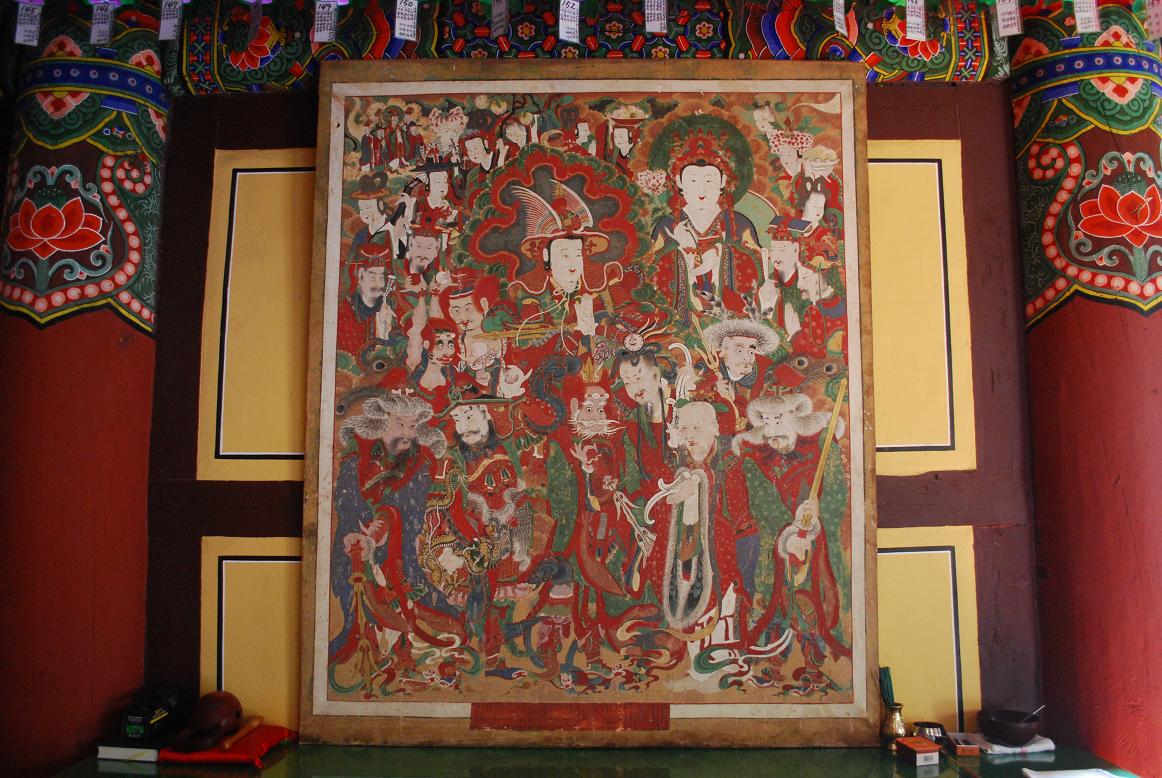
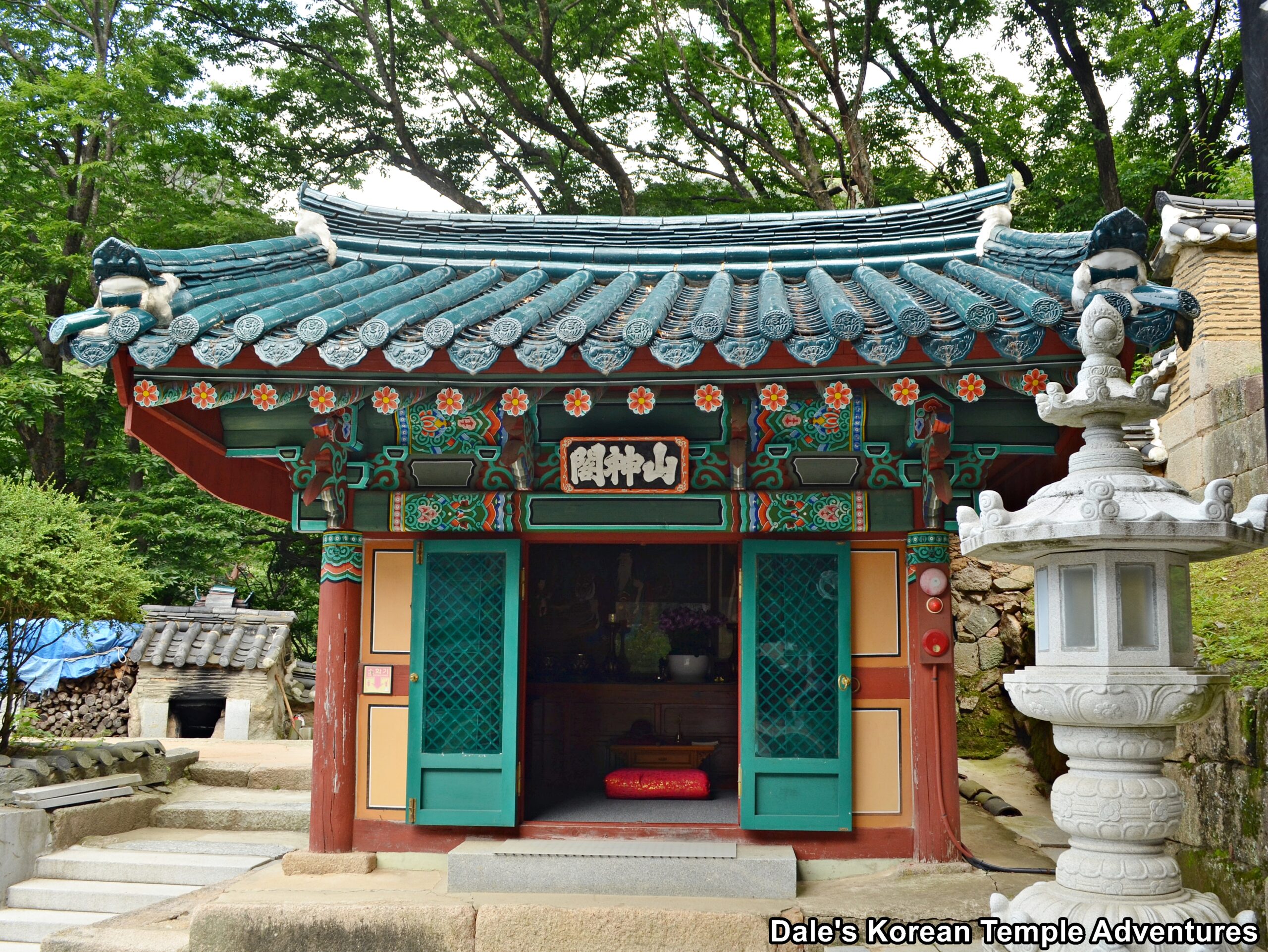
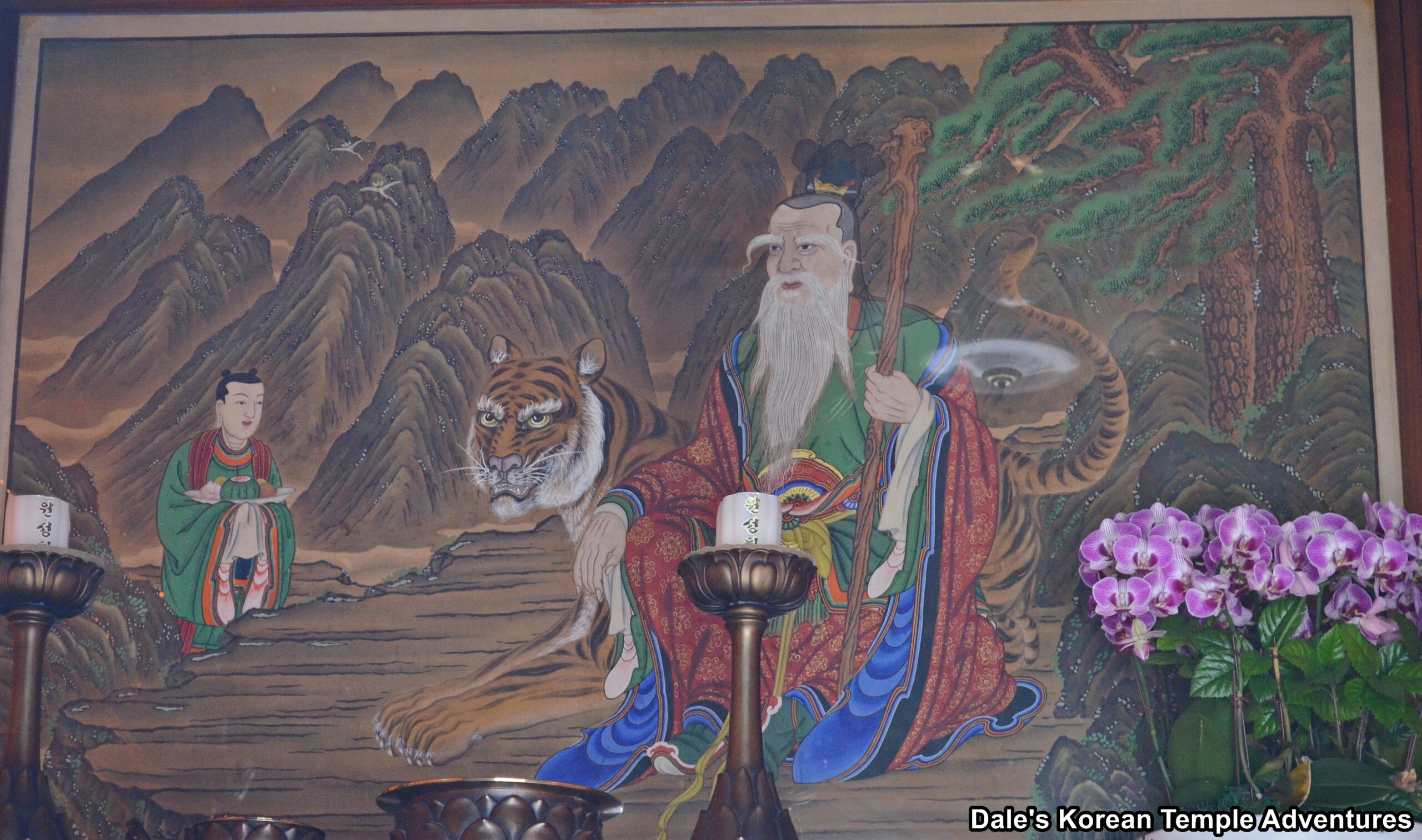
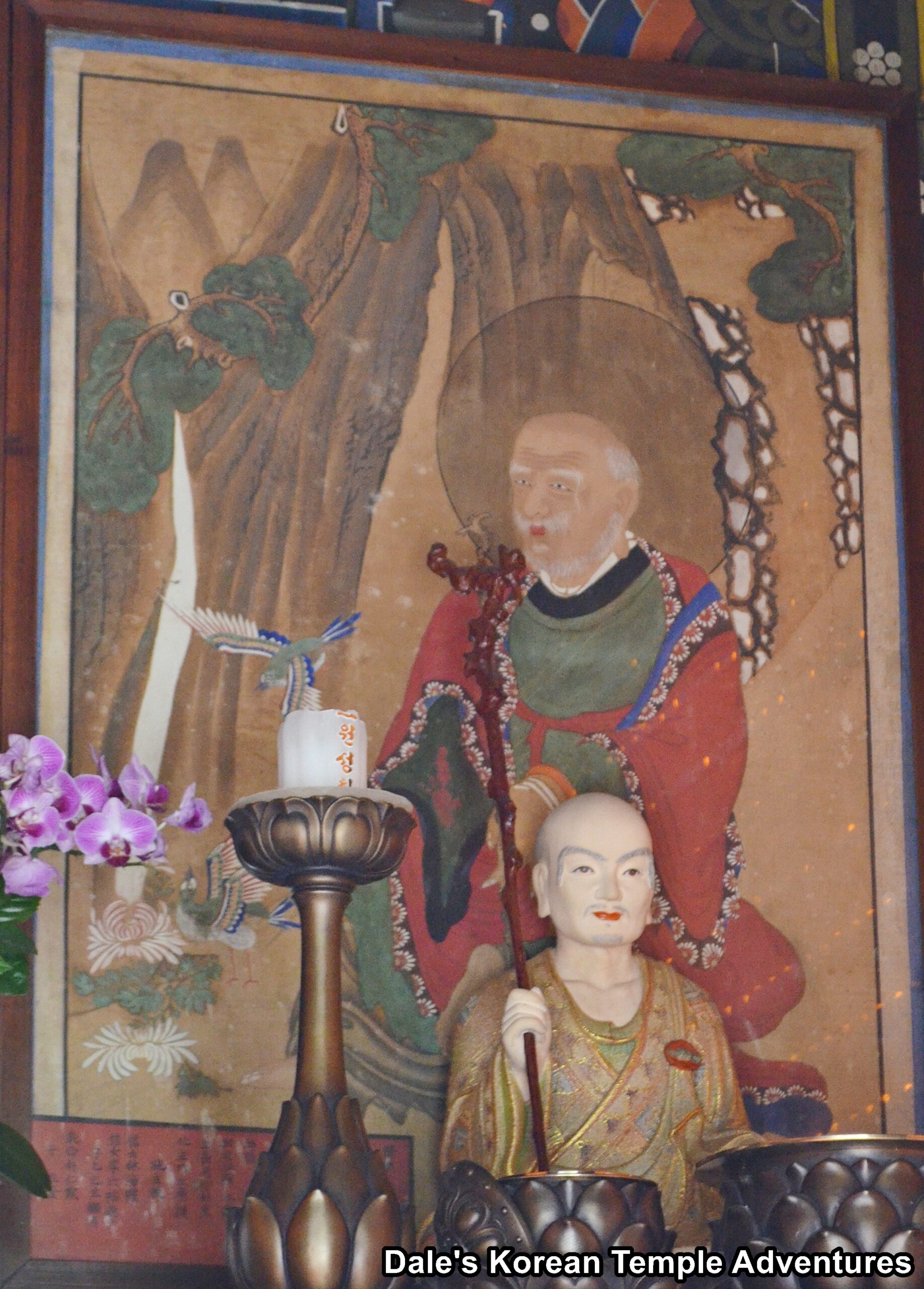
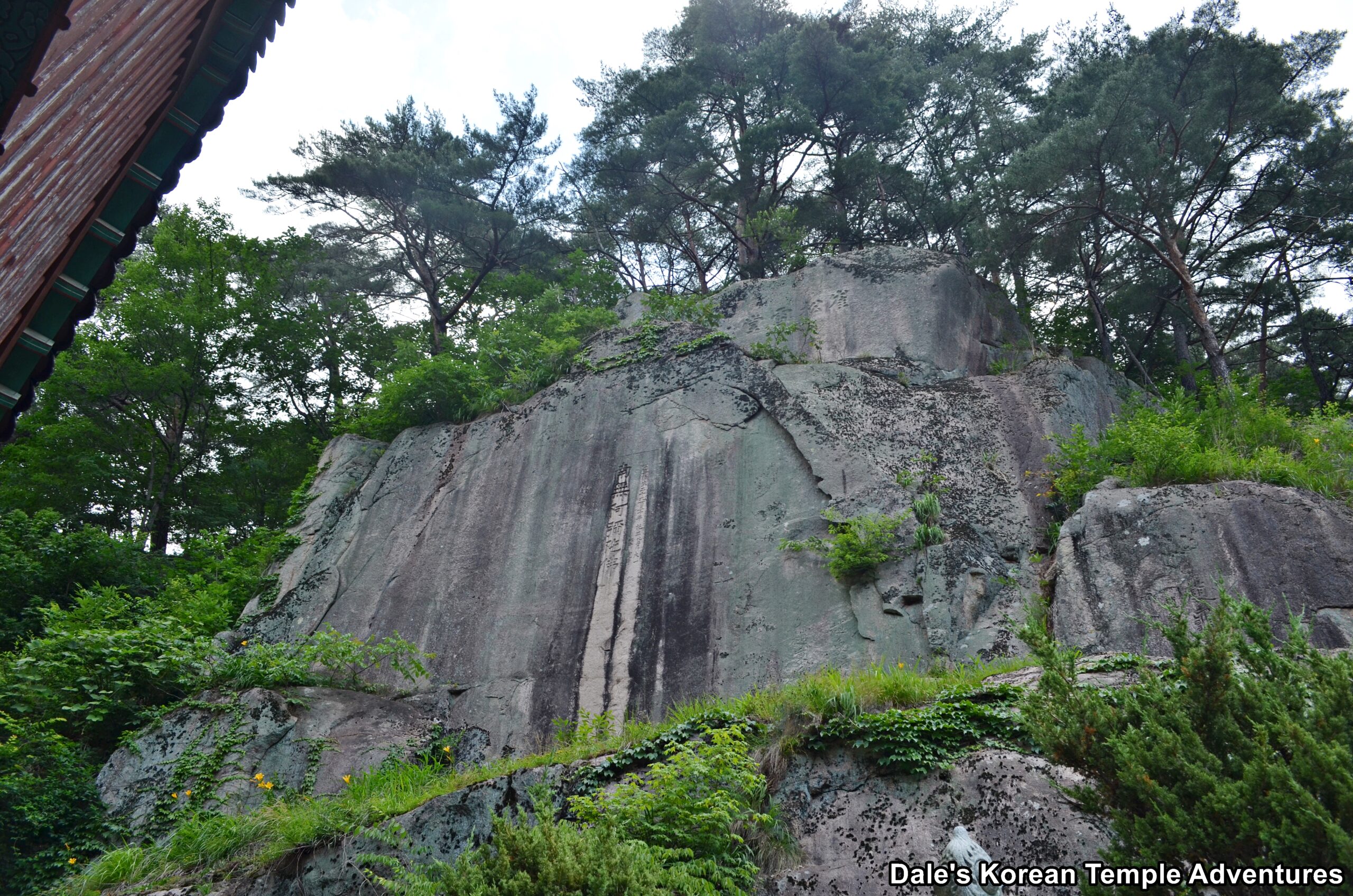
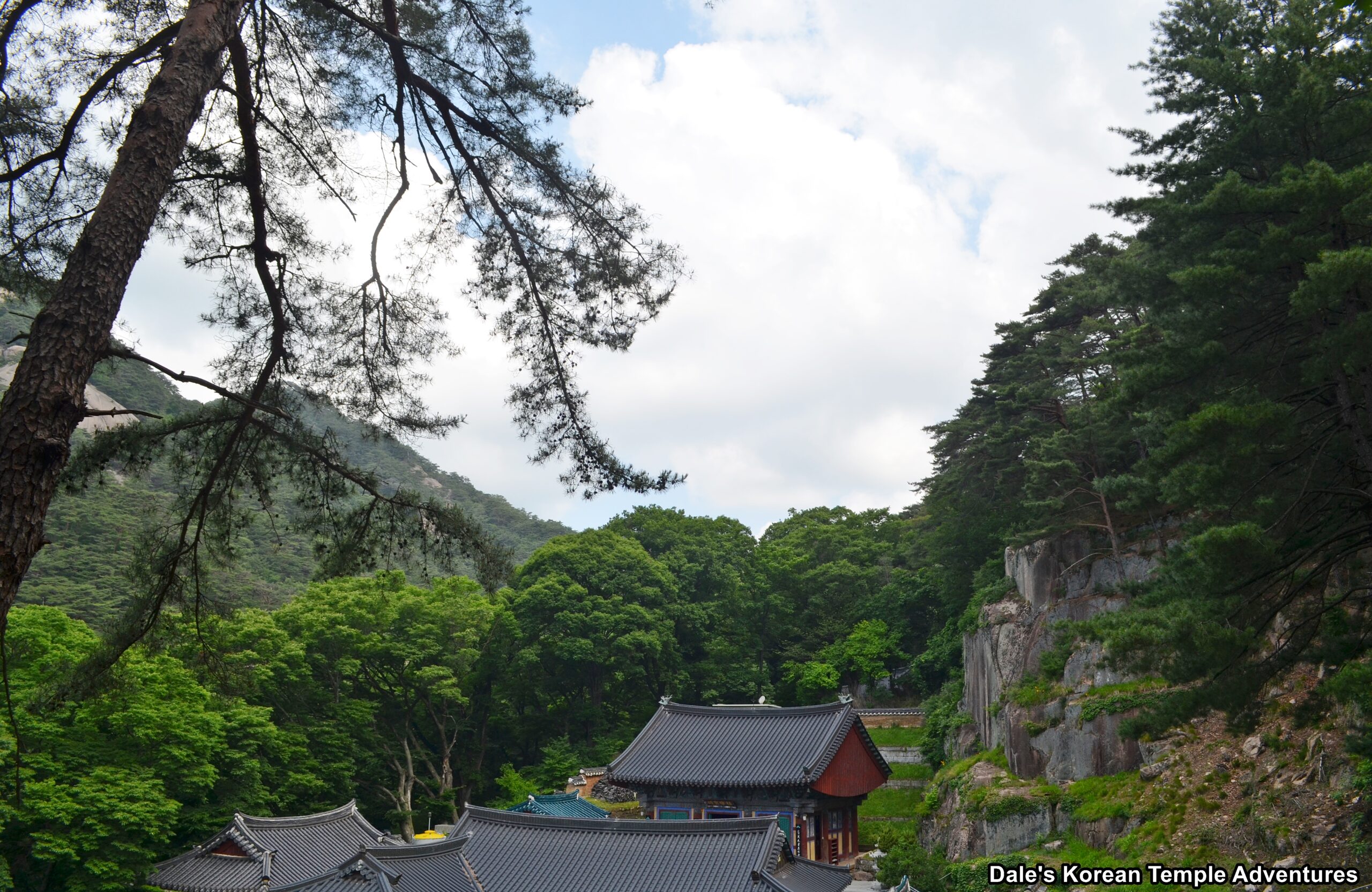
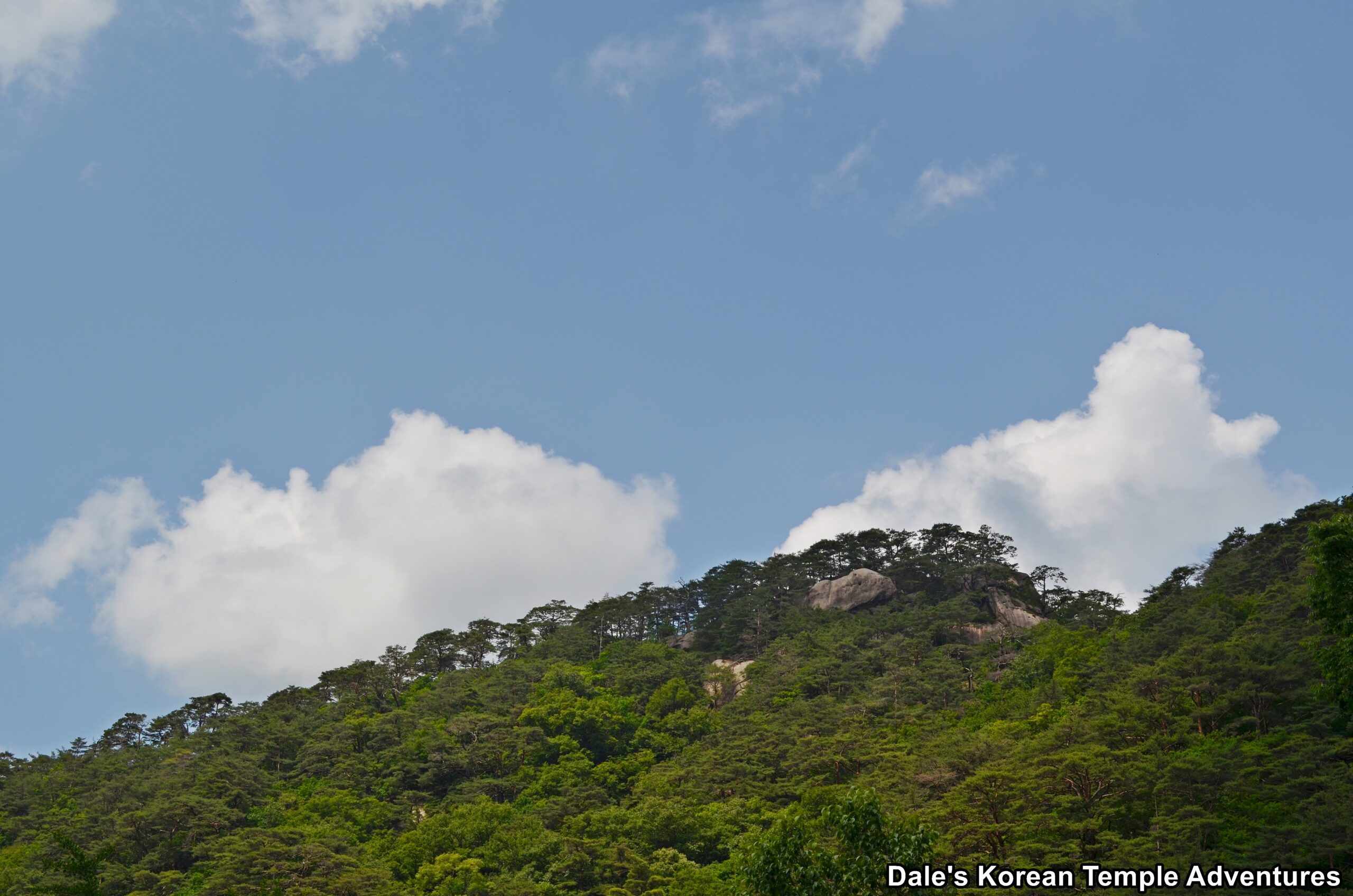

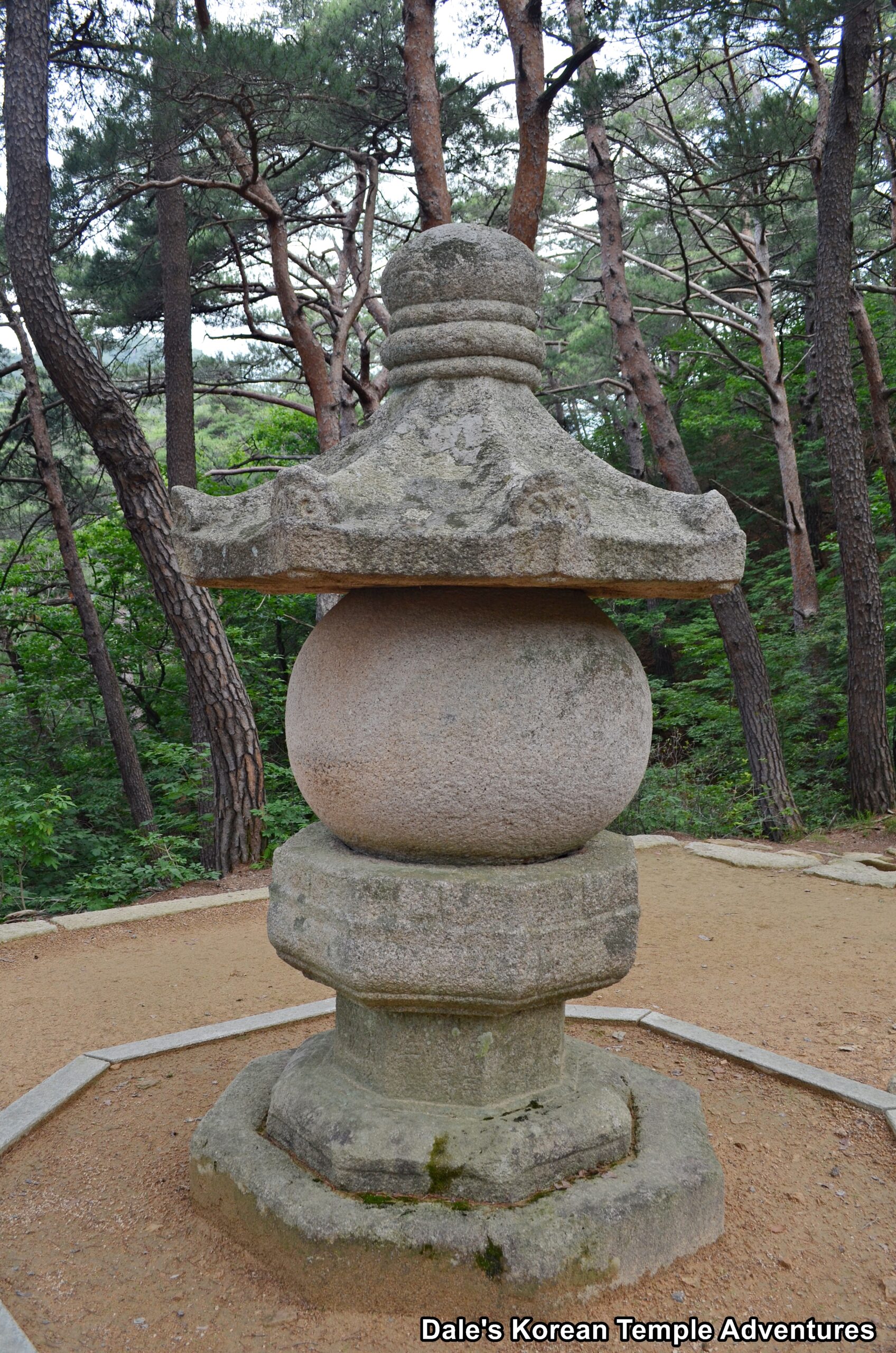
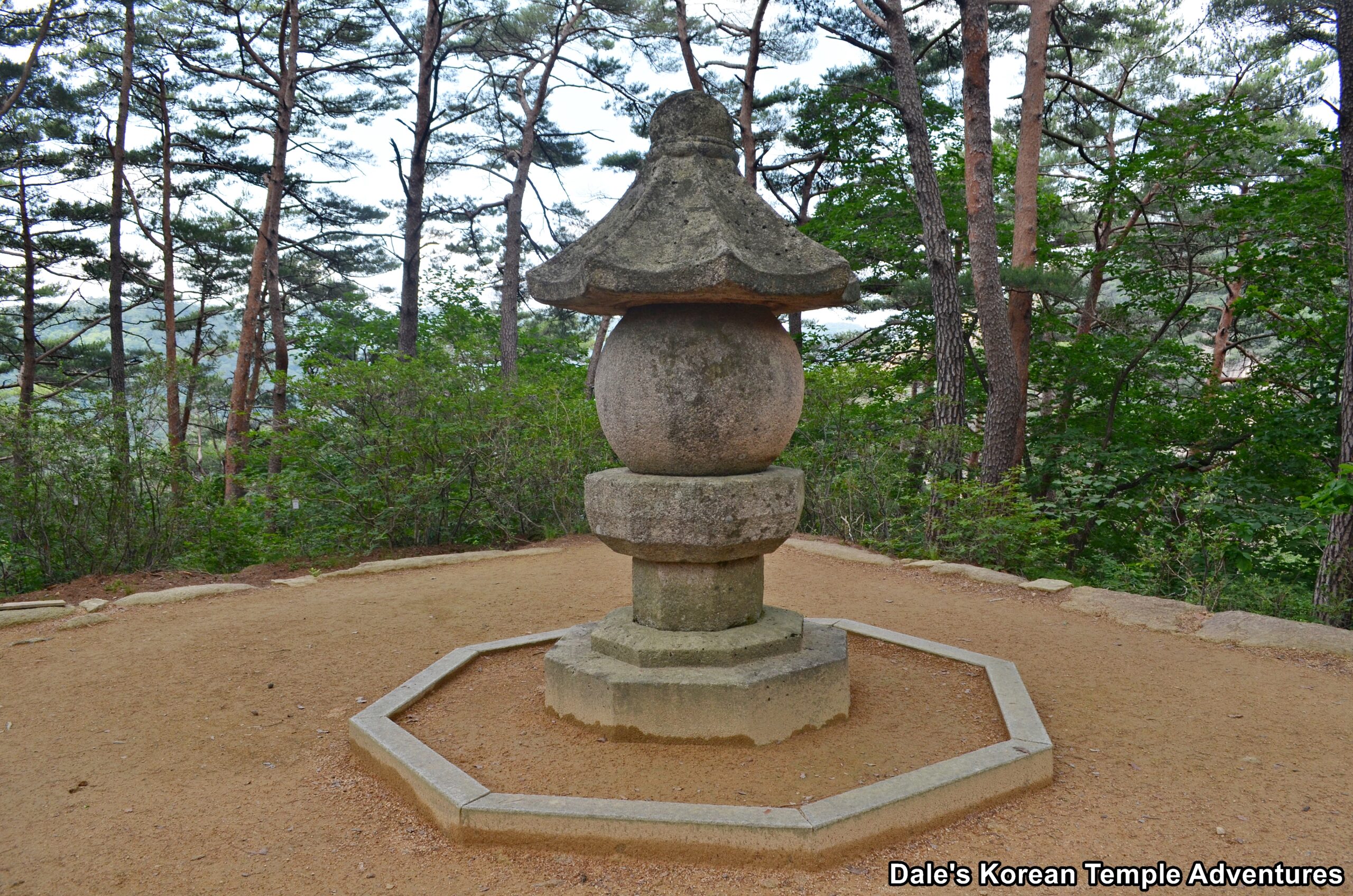


Recent comments